
Rough skin on face: Causes, treatments, and prevention tips
Rough or dry skin on the face can feel itchy, flaky, and irritating. Understanding what causes rough facial skin and how to treat and prevent it can help you restore your skin's softness and smoothness. This article will explore the reasons for facial skin roughness and provide helpful treatment and rough skin prevention solutions.
What is Rough Skin?
Rough facial skin has a dry, thickened texture with small bumps or flakes. It can feel unfriendly, almost like sandpaper. This condition occurs when the outer layer of the skin loses vital oils and moisture. Due to these losses, the skin can appear dull, uneven, and weathered.
Mild cases of rough facial skin can involve occasional dry patches, but the more severe ones are usually frequent, widespread, and very uncomfortable. Understanding the underlying causes of rough facial skin can be vital to understanding how to improve its appearance.
Causes of Rough Skin on the Face
Notable causes of rough skin on the face are:
- Excessive exposure to sun, wind, or cold weather can dry the skin over time.
- Use of harsh cleansers or exfoliants on your facial skin. Overwashing or scrubbing your skin excessively can strip away the protective moisture layer.
- Not using enough moisturiser can also significantly cause rough skin on the face. Not using facial skin hydrating products can cause the skin to lack the necessary oil and moisture content.
- Certain medical conditions, such as eczema and psoriasis, can also cause rough skin on the face. Additionally, chronic inflammation can also roughen the texture of your skin.
- Lifestyle factors like smoking, not drinking enough water, stress, and lack of sleep can also affect the texture of your skin and exacerbate moisture loss and damage.
Rough Skin on Face Treatment
Treating rough skin on the face involves immediate and long-term skin comfort measures to improve facial skin. Essential treatment tips include:
- Consider using only gentle cleansers on your facial skin. These cleansers do not contain sulfates, and their absence of fragrance can help you identify such cleansers.
- Most importantly, wash your facial skin only with lukewarm water.
- After using a gentle cleanser, apply a hydrating toner to restore the pH balance of your skin.
- Use a nourishing moisturiser and facial oil on your rough facial skin.
- Consider exfoliating your facial skin 2-3 times weekly to remove dead skin. Remember that you do not have to overscrub.
- Drink lots of water and eat foods containing omega-3 to keep your skin hydrated internally.
- Protect your skin with SPF 30+ broad-spectrum sunscreen.
If home remedies and treatments do not help you generate the desired results, you should consider booking an appointment with a reputable dermatologist.
Also read: Dull Skin: Causes and Treatment of Dull Skin
Prevention of Rough Skin
Once the texture of your skin improves, maintaining smoothness would call for diligent daily care and intelligent lifestyle habits. Preventive methods to reduce rough skin on the face could include:
Wash Your Face Gently - Twice a Day
Wash your face gently twice a day: once in the morning and once before bed. You can also wash your face after sweating. Consider using a mild, soap-free cleanser without alcohol. Look for cleansers with ingredients like shea butter or argan oil to help repair skin.
If your skin gets irritated easily, you may only need to wash it thoroughly at night and rinse it with water in the morning. You could consider using The Pink Foundry's super clarifying Niacinamide Face Serum with skin-soothing ingredients to clarify your rough skin on the face.
Keep Your Skin Moisturised
Consider applying moisturiser to your skin several times daily, especially after washing your hands or taking a shower. Using it while your skin is still damp is essential, as this can help seal the moisture.
Always select a moisturiser that is best for your skin type and condition. Try a few before finding the one(s) that best suits your skin type. Consider looking for urea, ceramides, oils, butter, and glycerin moisturiser. They can help nourish your rough skin on the face.
The key is to moisturise often with gentle and healing products that suit your skin. Consider using The Pink Foundry's Waterlight Gel Moisturiser. It is designed to give you supple, soft, and hydrated skin.
Also read: What is a Moisturizer & How to Moisturise Skin?
Limit Your Bath Time
Try to keep your showers and baths short. Do not use water that is too hot. Using hot water and staying in it too long can strip your skin of its natural oils and moisture. Aim to bathe for 5-10 minutes with warm water instead of hot water. Limit your bathing to once a day to prevent your skin from drying out.
Other Rough Skin Prevention Measures
Other rough skin prevention measures you could consider are:
- You should consider wearing sun protection gear, such as hats and scarves, to shield your facial skin from excessive sun or wind exposure.
- Your facial skin demands you to stay hydrated. You could make it a habit to drink lots of water daily.
- Include healthy fats like avocado and nut oils in your diet.
- Consider using a humidifier during dry winter months.
- Learn to manage stress levels with self-care activities like yoga and meditation.
- Get at least 7-9 hours of sleep every night. Rest is vital for regenerating your skin cells.
- Avoid products with sodium lauryl sulfate, as it can dry out your skin more.
Conclusion
Rough and dry facial skin can occur due to several factors. The good news is that it is usually treatable with consistent, gentle care. Nourishing your skin both internally and externally can help you keep rough skin at bay.
Protecting your facial skin from weather and sunlight damage can help you prevent moisture loss. With some diligence regarding your skin care products and habits, you can attain a smooth and glowing face!



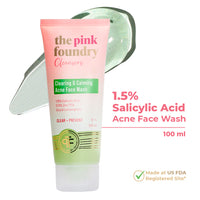

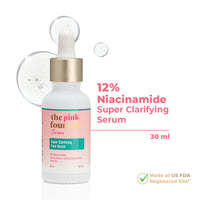

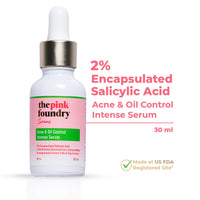
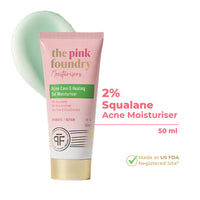
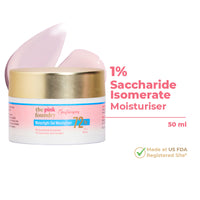
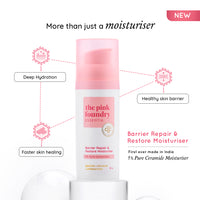


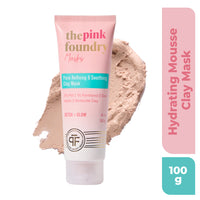
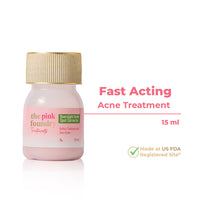
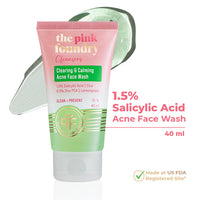
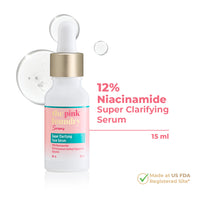
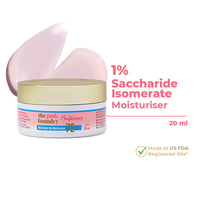

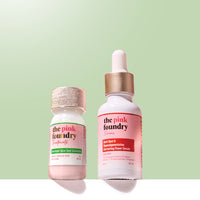
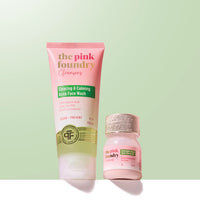
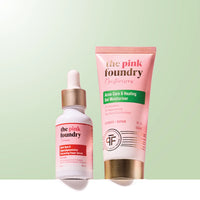
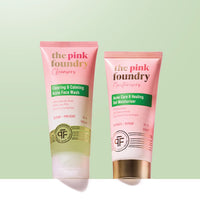
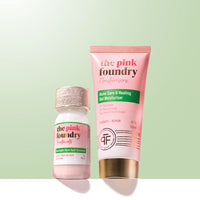
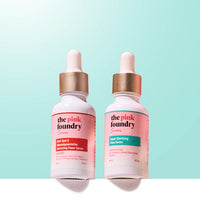
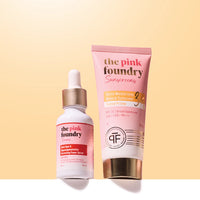
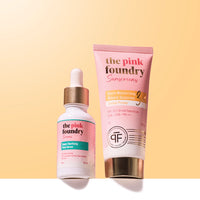
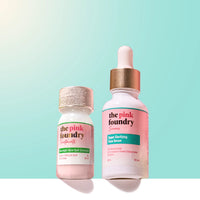
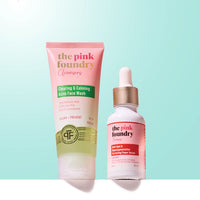

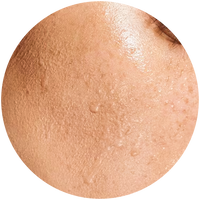
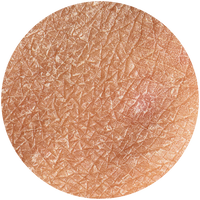
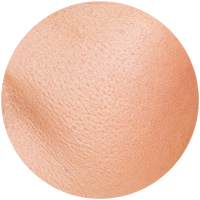
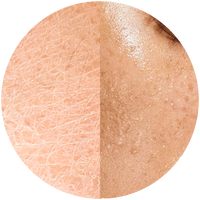
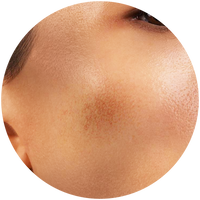
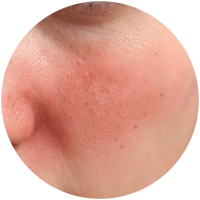
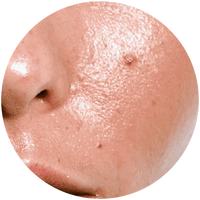
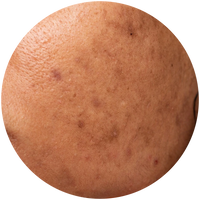
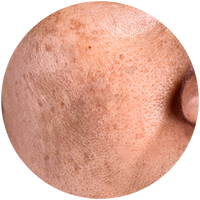
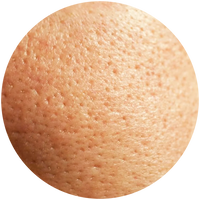
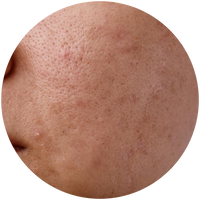
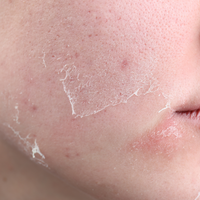
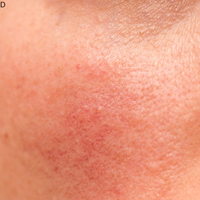
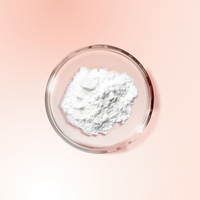
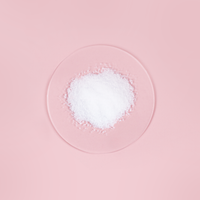
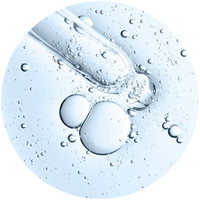
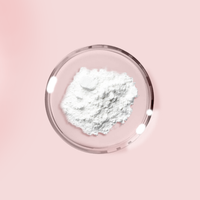
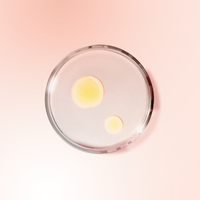
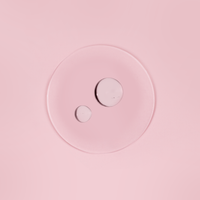
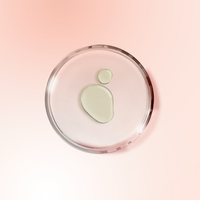
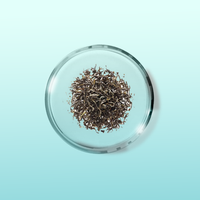
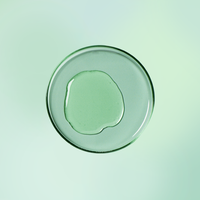
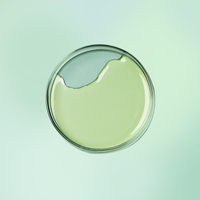
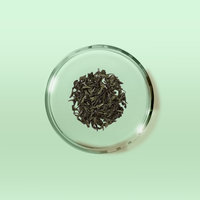

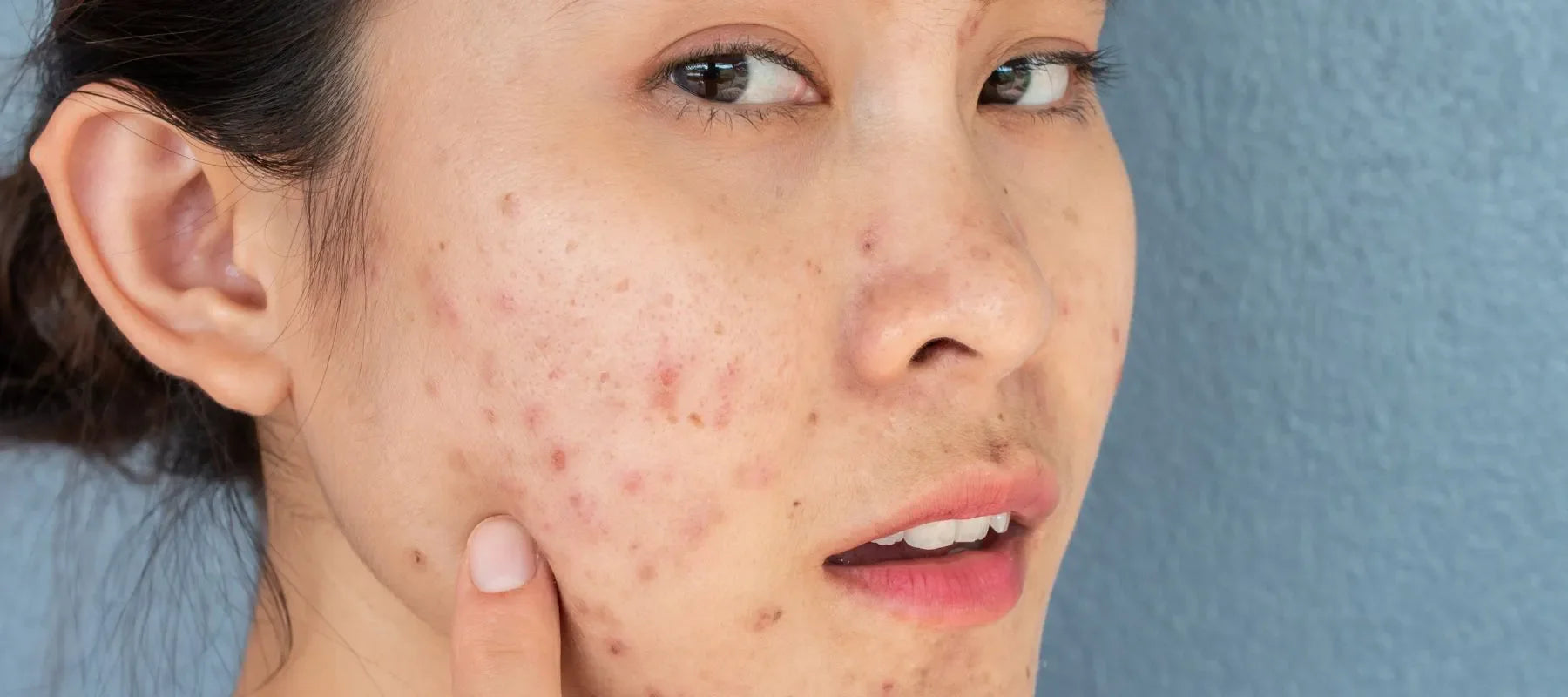

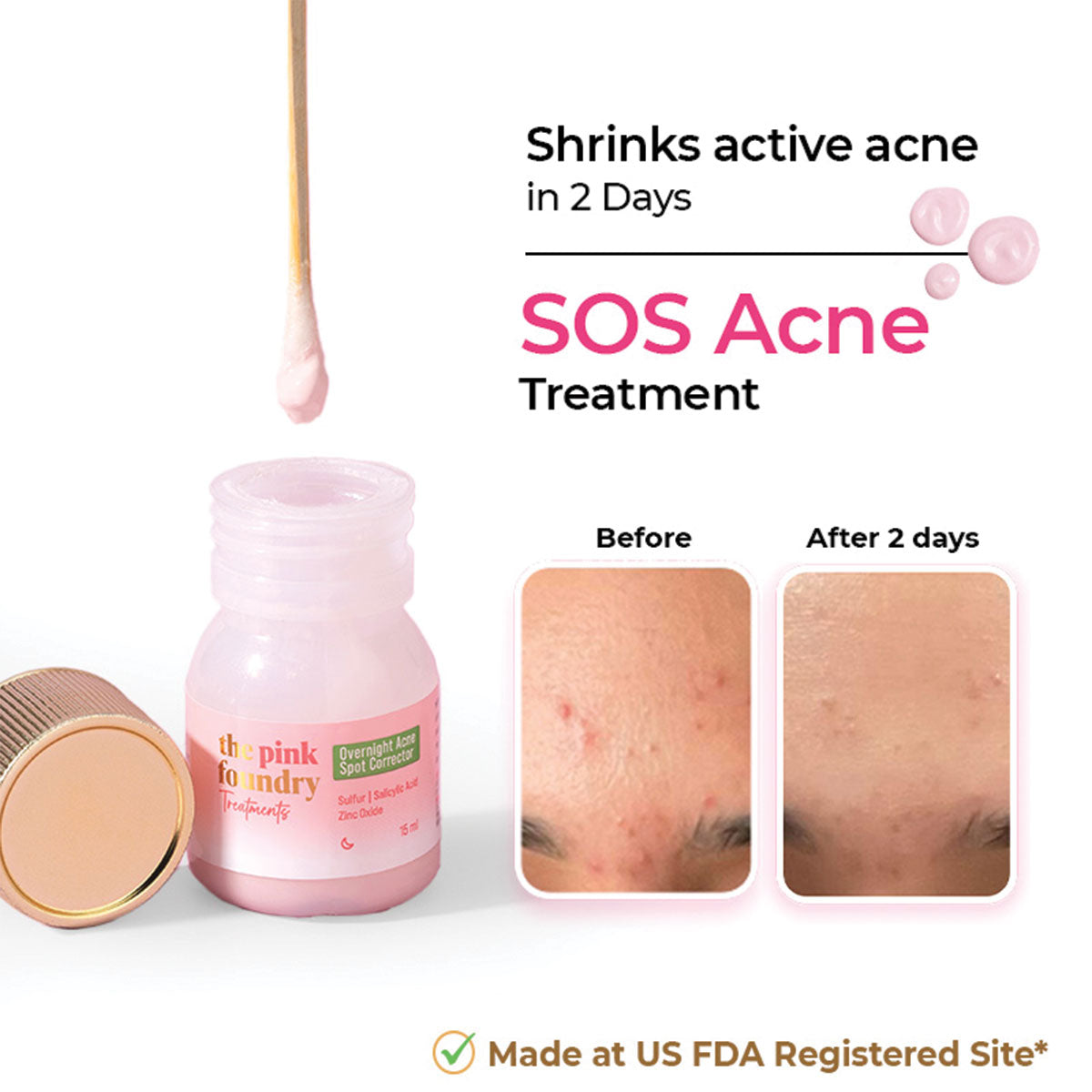

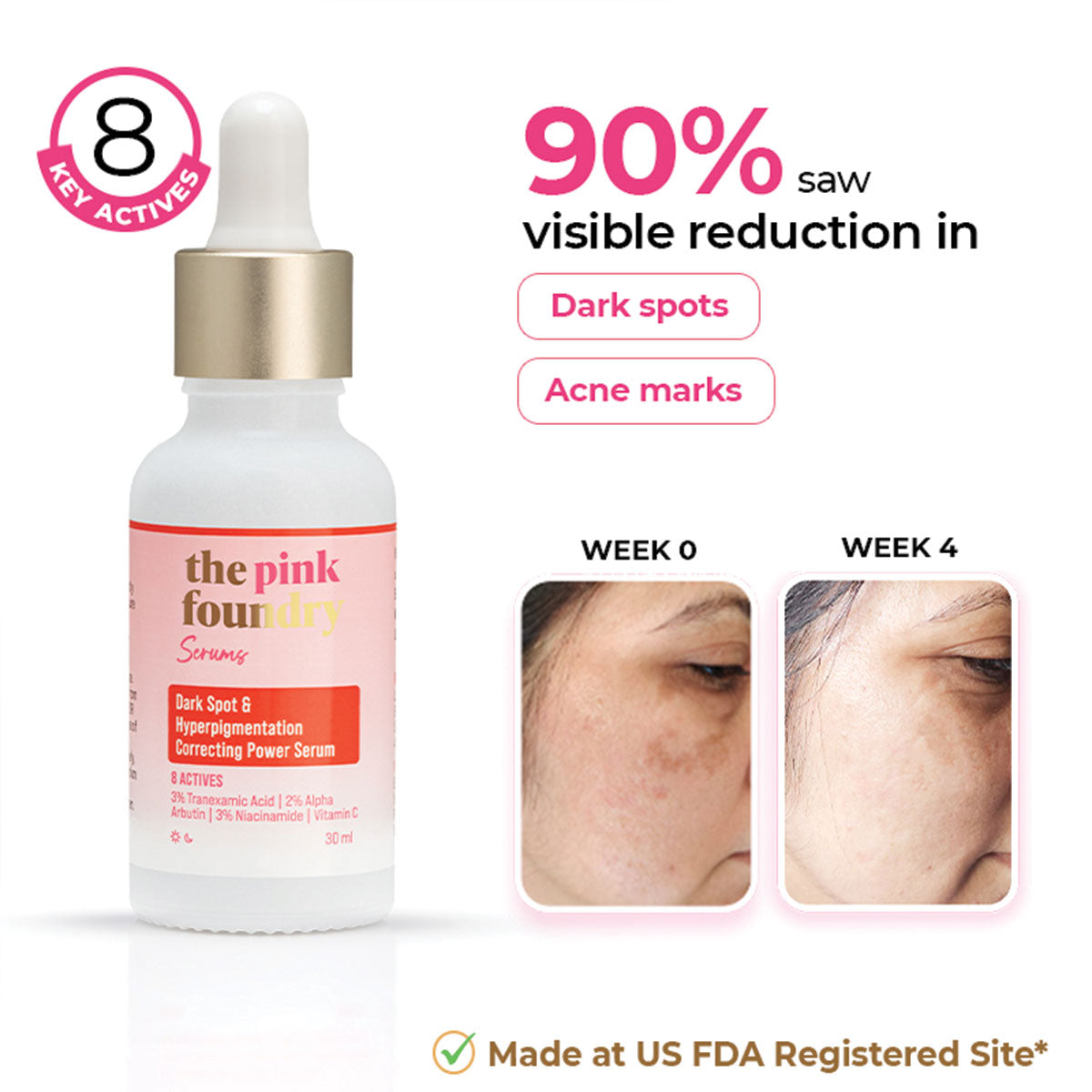

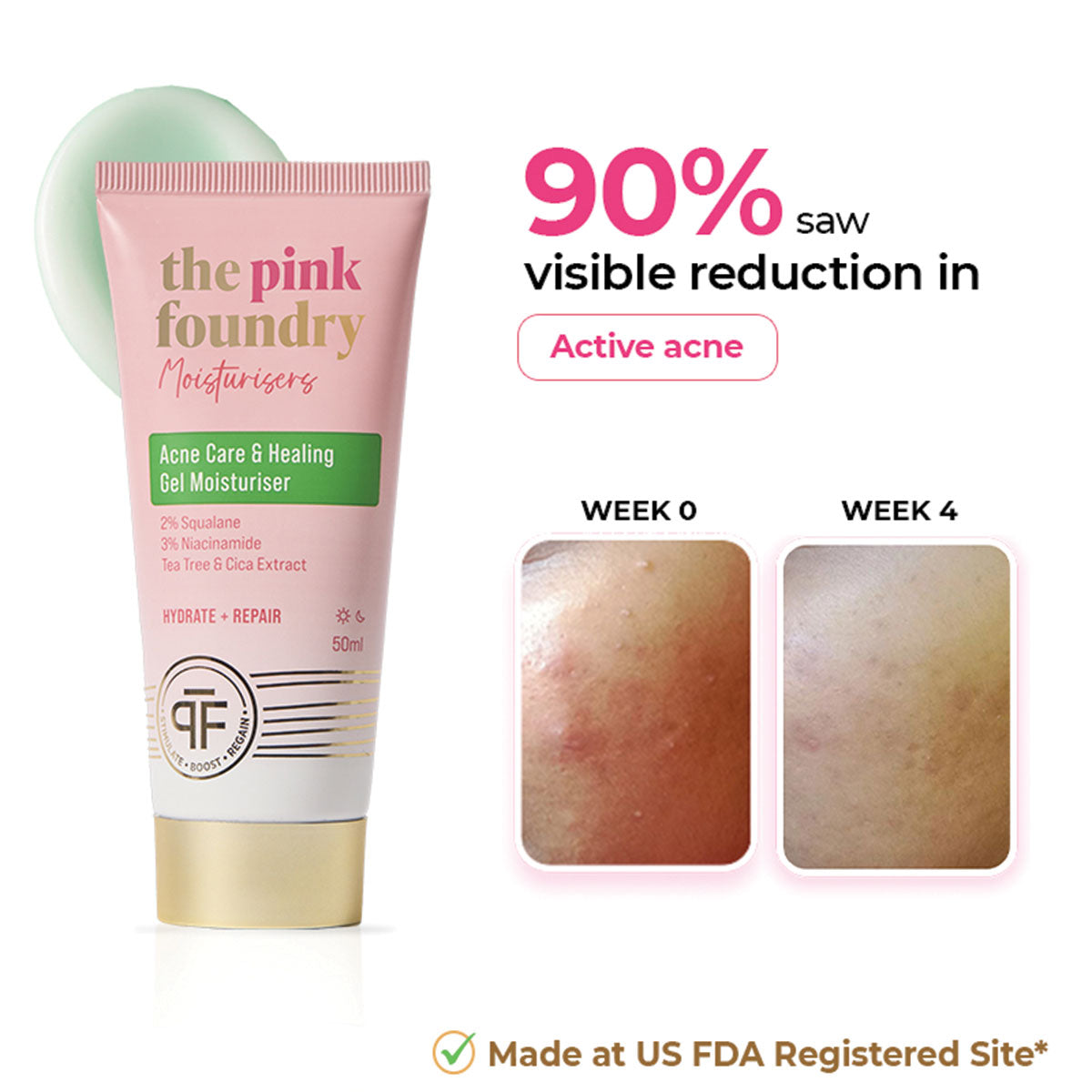
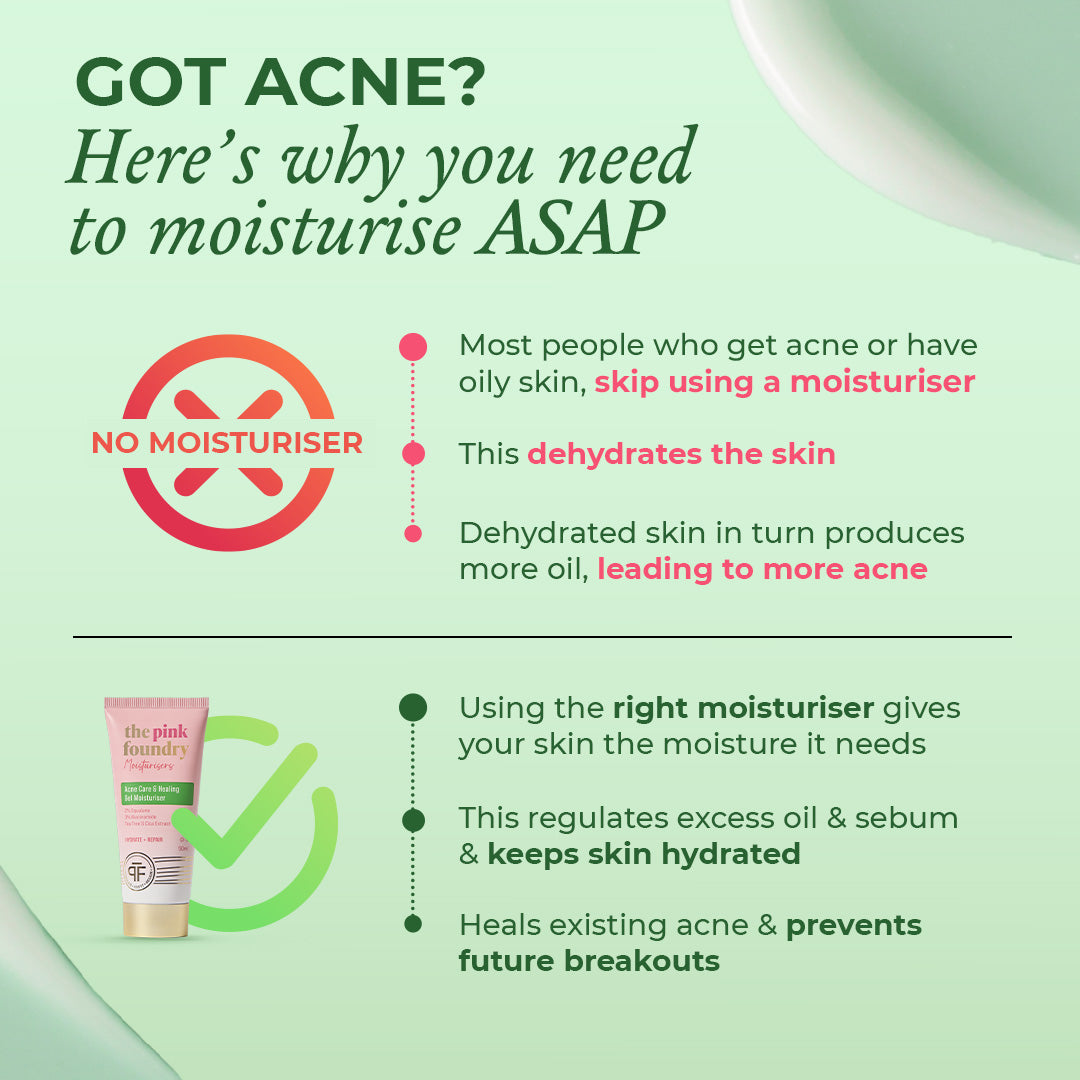
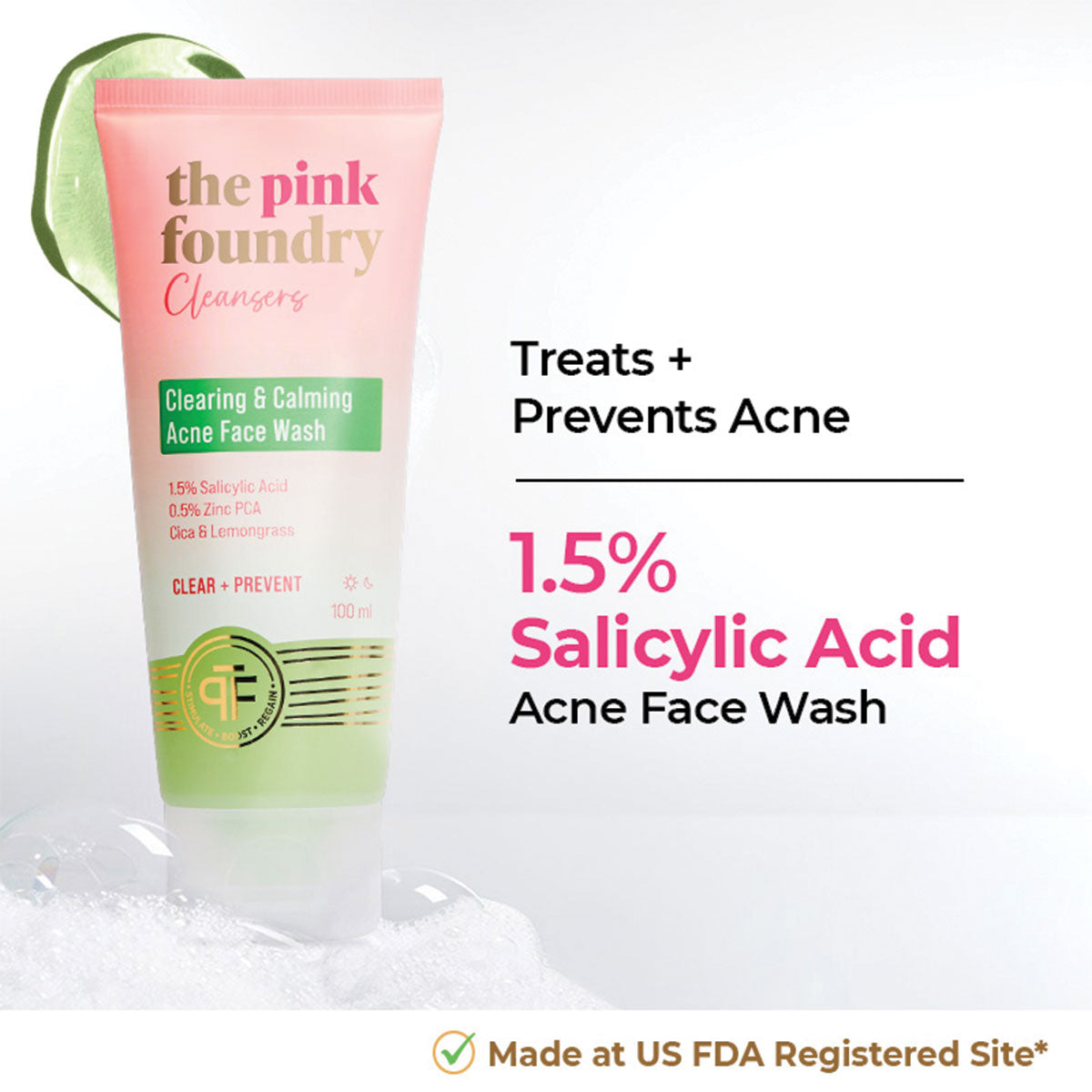



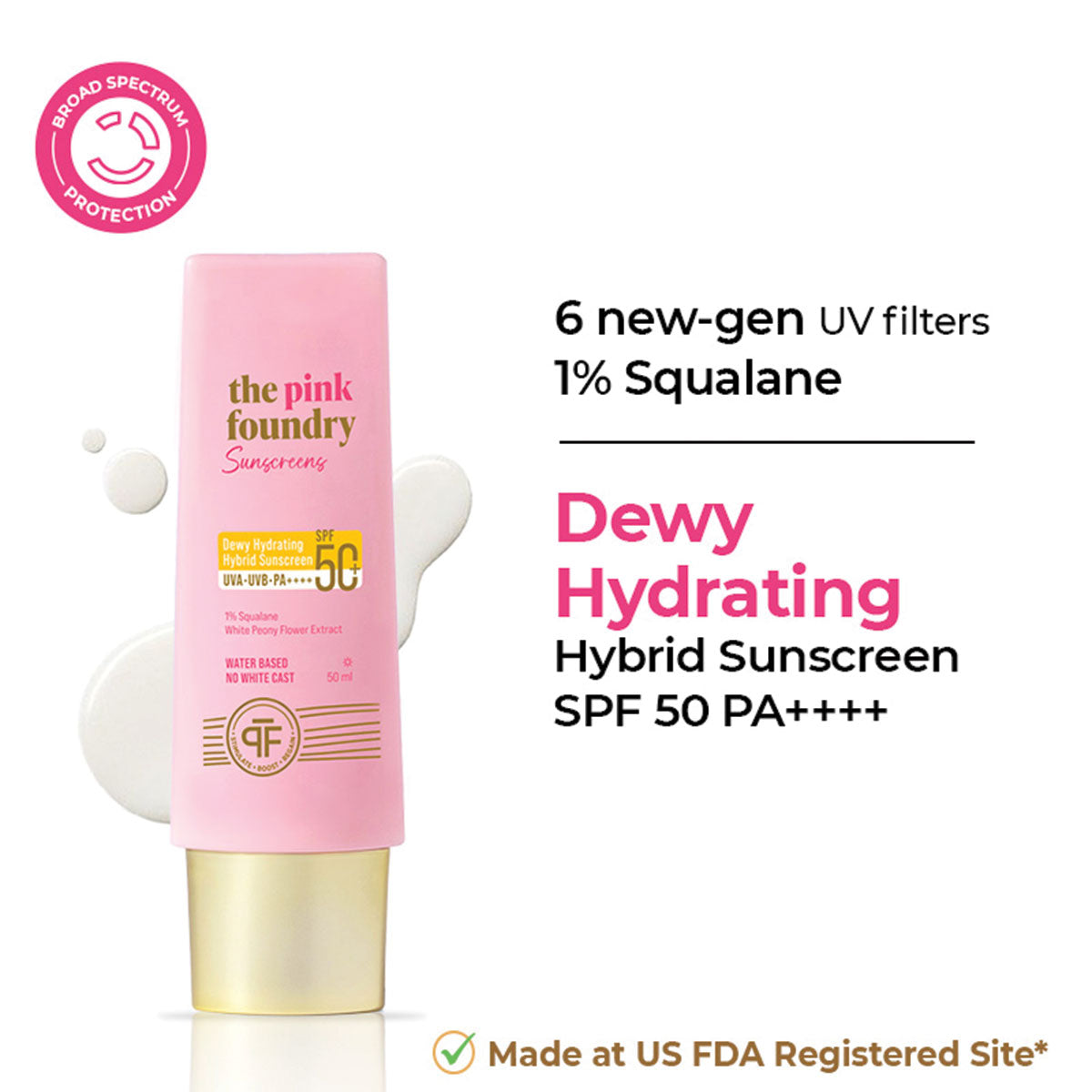

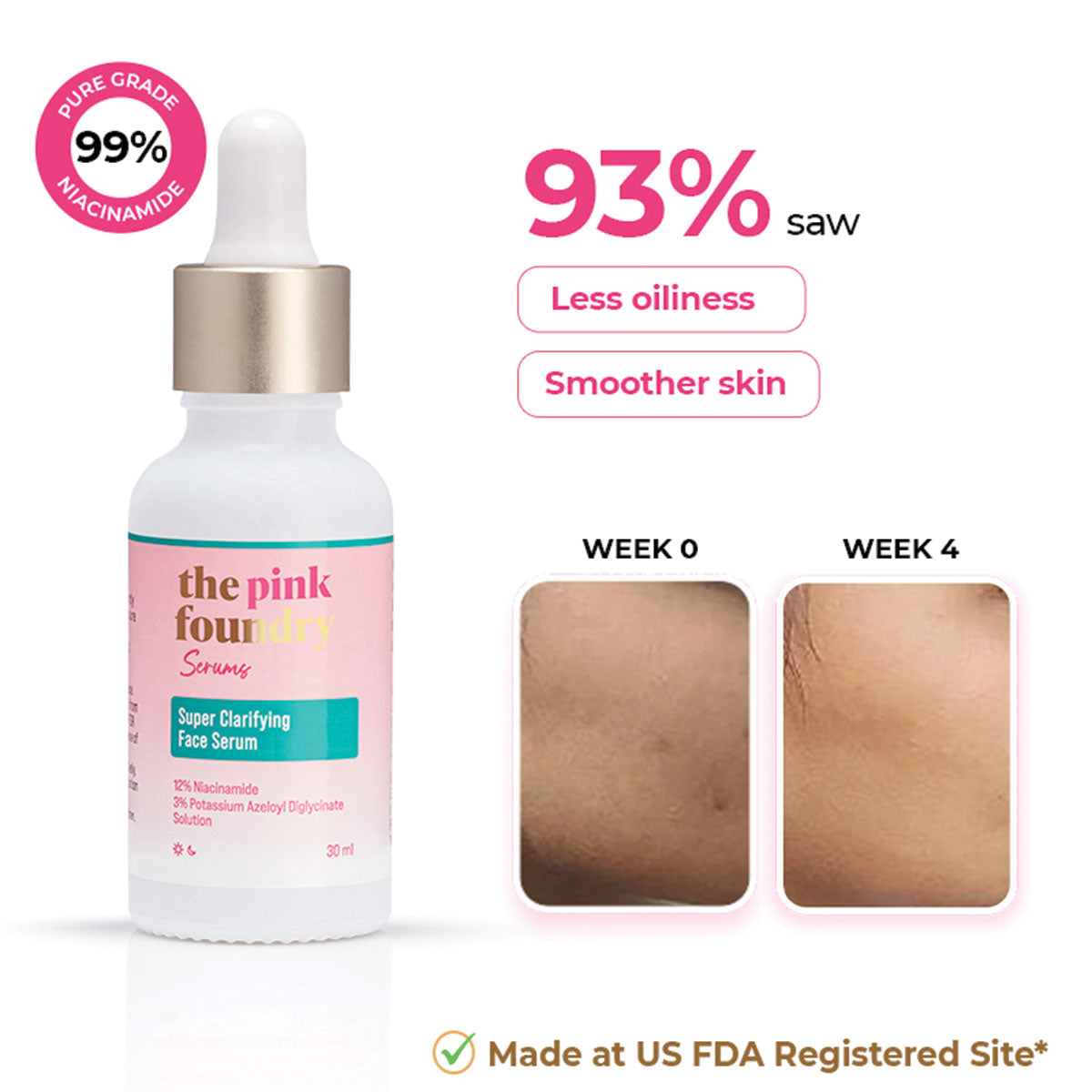
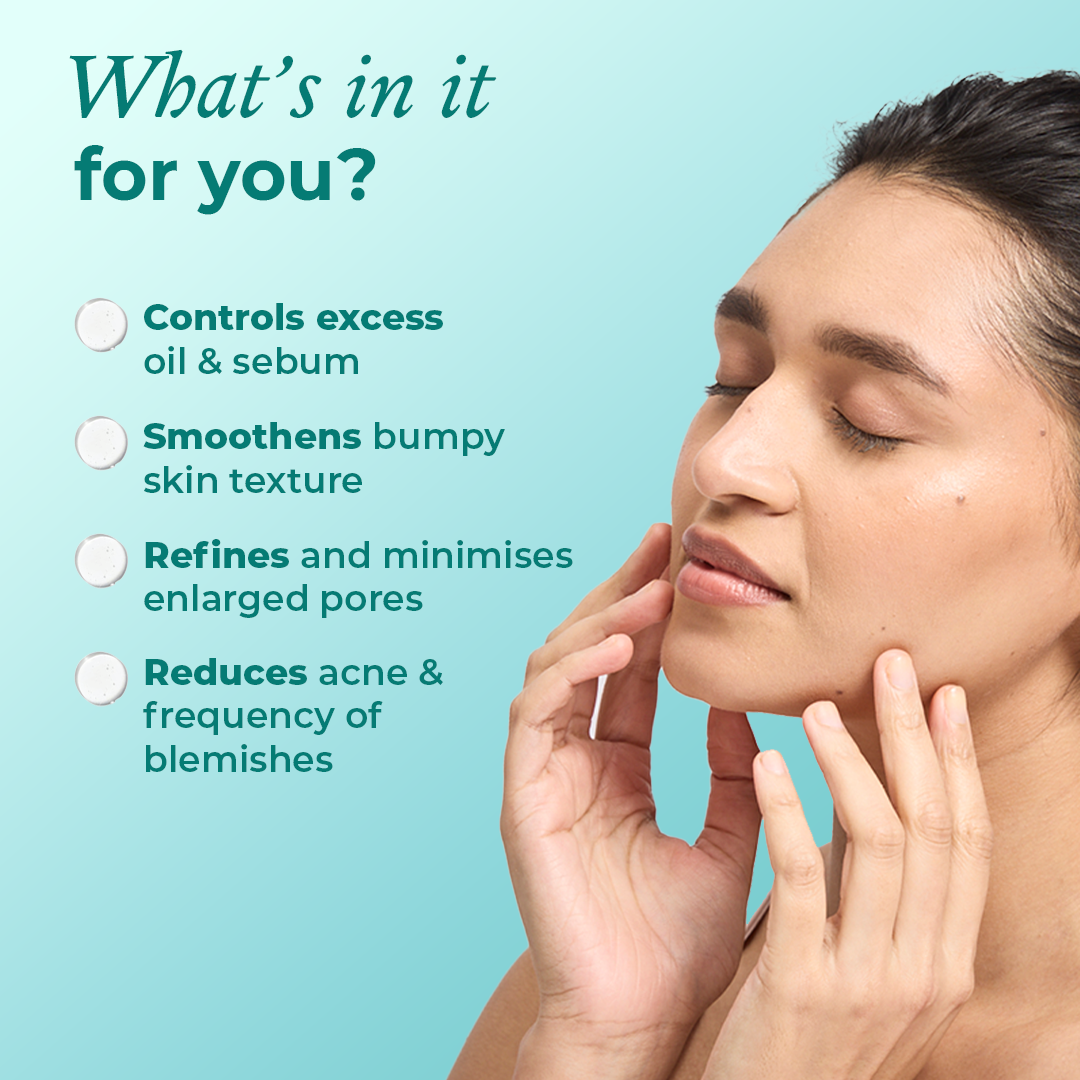
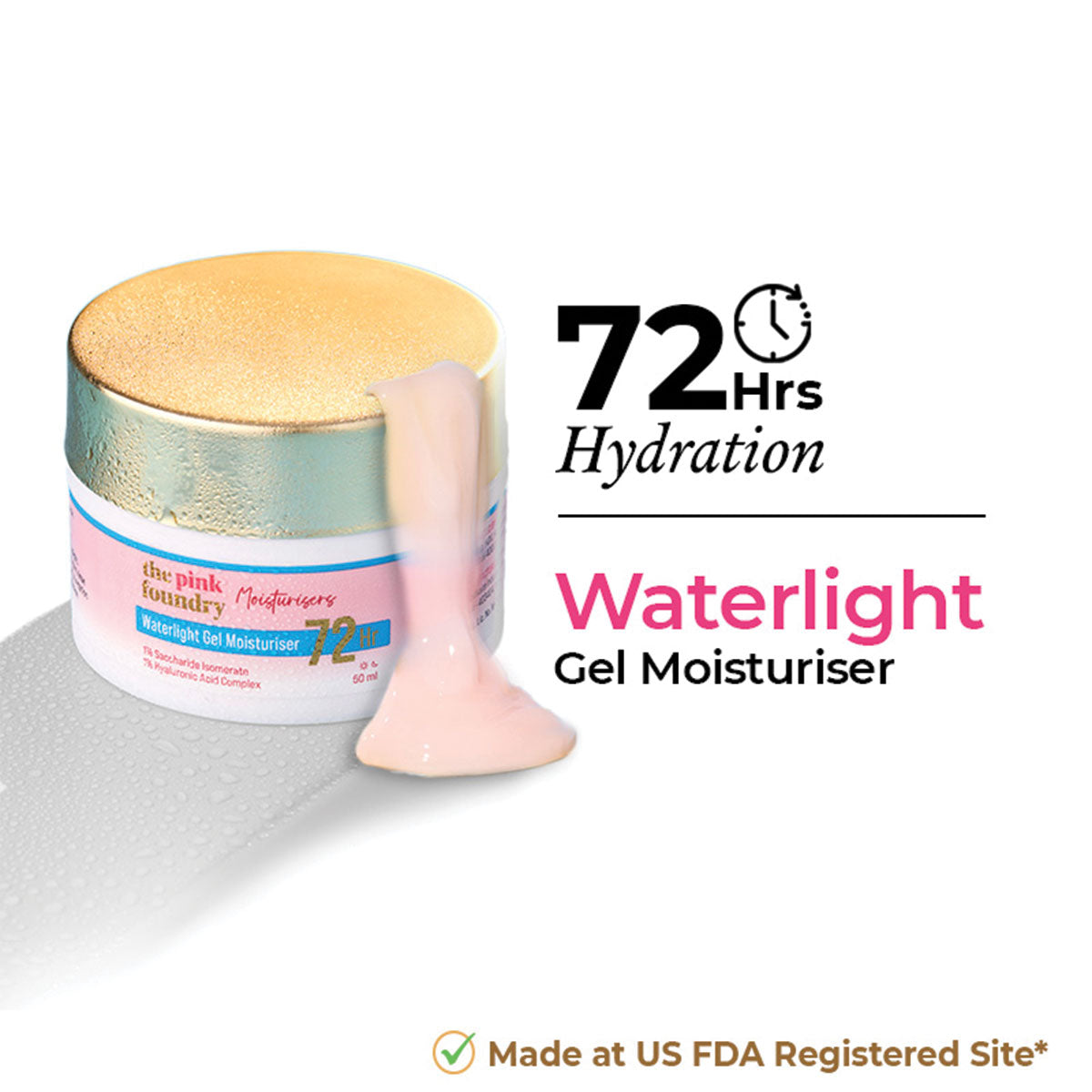
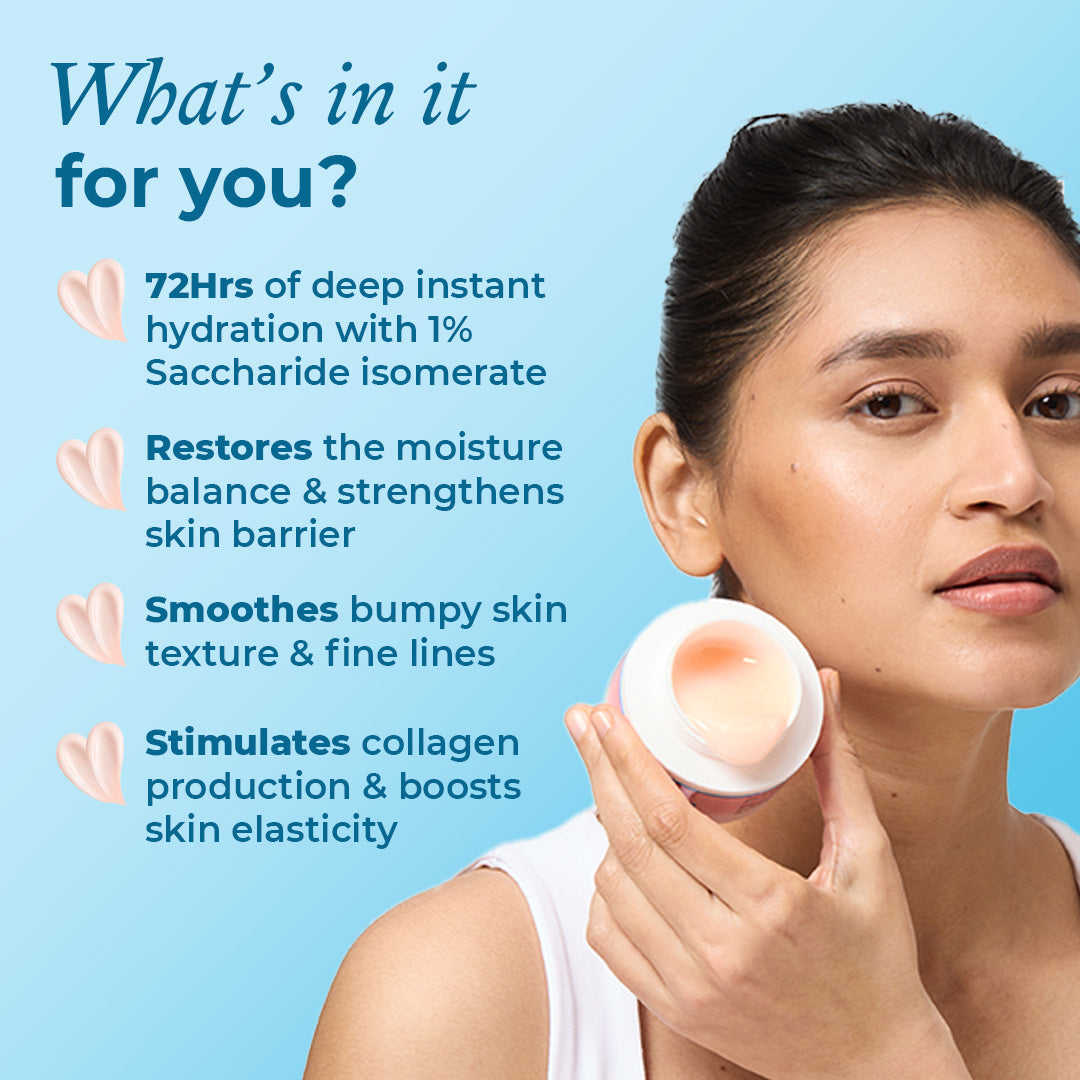




Leave a comment
This site is protected by hCaptcha and the hCaptcha Privacy Policy and Terms of Service apply.